To decorate your personal plot, creating a beautiful and unusual landscape composition, knowledge will help - how to plant chestnut from walnut in the fall. This tree has a spreading crown, wide leaf shape and incredible greenery. Growing chestnuts at home is not difficult. It is enough to choose the right planting material and follow some recommendations.
Content
Ability to grow at home
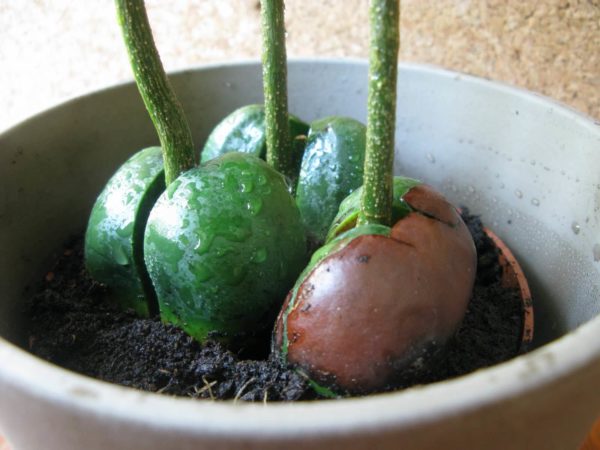
Chestnut varieties: sowing, Japanese, softest can be grown in their suburban area. This is a fascinating and useful activity. Cultures of these species perform not only a decorative function, but also bring edible fruits. The basis of the result of the work consists of three criteria:
- the right choice of seed;
- knowledge of cultivation rules;
- proper care.
| Grade name | Tree height | Fetal characteristic | External features |
| Japanese | 10 m | 80 g to 6 cm in diameter, suitable for food | Low, spreading |
| Sowing | 30-35 m | 10-20 g, prickly, edible | Creamy flowers. Sharp leaves with a fluff on the back |
| Softest | 10-15 m | The most delicious nuts | Foliage crown |
| American | 25 m | Covered with thorns, 3 pieces in a box | Lush crown with serrated leaves |
Like any fruiting plants, chestnuts must be planted away from sources polluting the environment - roads, factories, plants. Because through the nuts harmful toxic substances enter the human body.
The tree does not tolerate low temperatures. In winter, a protective shield is built for him.
Planting Material Selection Criteria
For planting, the most even, beautiful nuts are selected. There should not be any notches, especially signs of the disease (rot, mold, growths). Not all seeds will sprout, so they choose 2-3 times more than they plan to plant. Better plant in autumnso that you do not have to store nuts until spring. They are poorly preserved. If nevertheless it was not possible to plant it in the autumn, then the fruits are put in a container with sand and until spring they are kept in a cold place or on the street, directly under the snow.
Preparing for planting
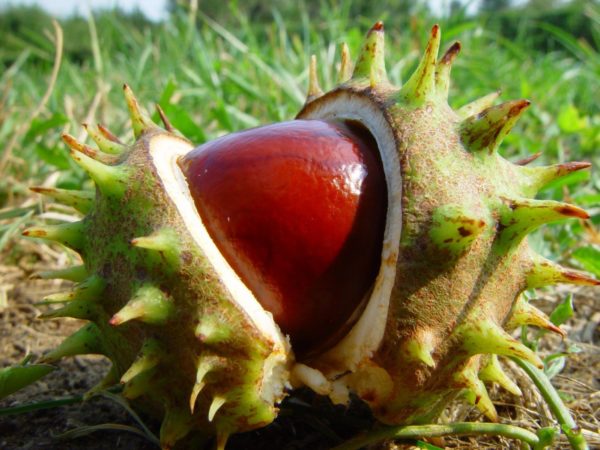
Spend stratification. In other words, hardening for the plant. So that in natural conditions on the site the chestnut does not die.
The earth is baked in the oven in order for the heat to kill bacteria, viral microorganisms, fungal micelles and spores in it. It is especially important to carry out this manipulation with sand, since it often lives in a lot of harmful substances. The process is carried out 2 months before soaking to restore normal microflora with useful unicellular, which make up the natural biocenosis of the soil, as a breeding medium.
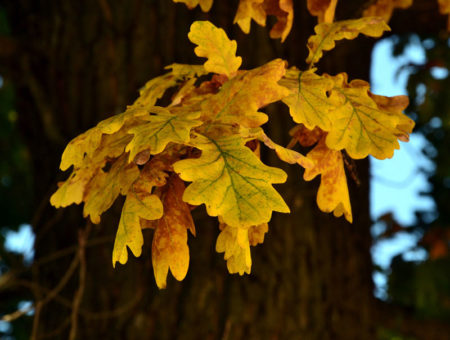 You may be interested in:
You may be interested in:After the fruits are placed in the same, but already moistened sand or soil. A box of sand is put in a cool place. If stratification is carried out in an apartment, then you can put it in the refrigerator, but not in the freezer. Seeds are in this state for 120-150 days.
When white sprouts appear on the nuts, then it's time to start planting. In boxes or bottles cut in half with a volume of 350-500 ml, with moist soil, 1 fruit is planted. To a depth of about 4 cm. If you do it higher, then it can dry, and make it deeper - do not germinate. In a few weeks shoots will appear. In May, you can transplant into open ground.
Outdoor chestnut planting
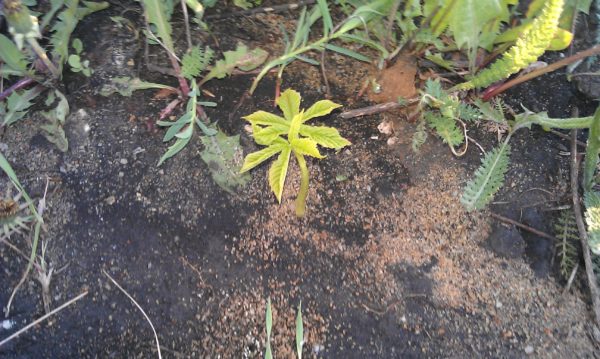
Deciding on a place for planting a chestnut, take into account that an adult tree occupies a large area. The crown underneath grows strongly over time, creates such a shading that nothing can grow in a radius of several meters. The distance between the seedlings should be at least 3 meters, and the site is well-lit. Soil requirements: chernozem, neutral or slightly alkaline pH, moist.
Preparation required. The algorithm is as follows:
- dig up the soil;
- watered;
- make holes;
- fill a third with sand with lime, humus and superphosphate mixed with earth;
- the bottom of the pit is laid out with crushed stone or pebbles for drainage - a layer width of 10 cm.
- without touching the root, put a seedling in the hole;
- bury;
- make watering;
- enclose with pegs;
- bandaged for fixation.
How to care
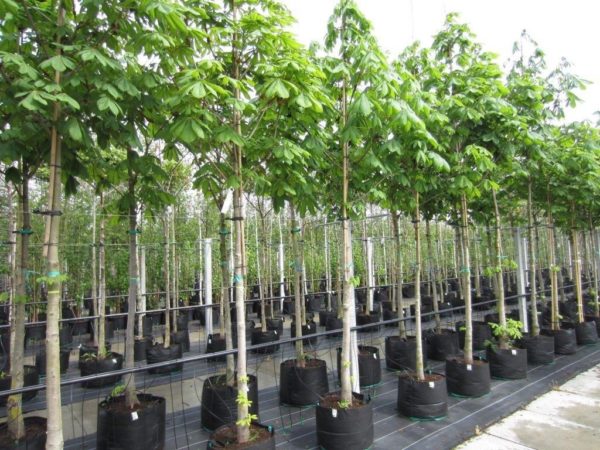
Composition for top dressing: 10 g of urea and a kilogram of mullein per 10 liters of water. With this solution, each spring is fed. In the autumn period, 15 g of nitroammophoski is replaced by 10 l of water.
Also regularly necessary:
- to water;
- tie up a plant;
- drive in pegs with a wire or tape stretched around a circle;
- cut hair periodically;
- shielding is mandatory in winter, as heat-loving culture;
- to feed.
Chestnut disease: how to fight
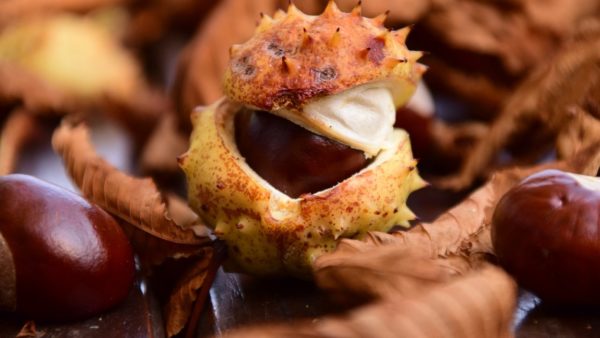
It is important to carry out the prevention of diseases, it is easier than treating the tree later. Foliage diseases include:
- Twisting the leaves into a tube.
- Darkening. Around July, the leaves begin to turn yellow, then turn brown.
- Mesh spotting. Like a network of small holes with dark edges. Then the holes increase in size, and the entire sheet turns into a sieve.
It will be possible to cope with these problems using the usual methods of care - watering and top dressing. Spray the crown before each flowering period with Bordeaux liquid, for 2 weeks.
More serious diseases
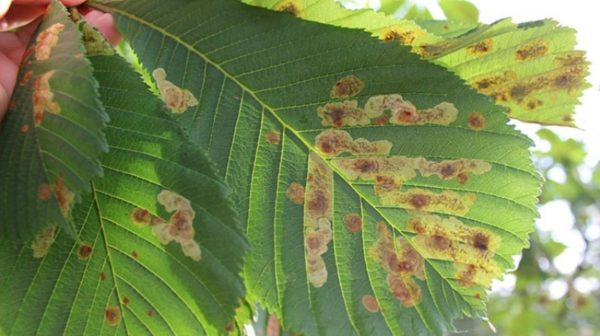
A bare tree - if the leaves completely blacken and fall off, then it is worth watering less often. An excess of water in the earth leaches potassium from it. Fertilize the soil with them.
Red spots - when the crown turns red at the height of summer, they cut off all the affected foliage and carry out sanitization. Similar for browning and netting.
Powdery mildew - appears in the form of a whitish coating, due to damage by a fungus. The development of fungal disease contributes to a hot climate with high humidity. In such conditions, spores of fungi develop well.
It is necessary to do top dressing with potassium and phosphorus, a solution of ash with soapy water (500 g of ash per 10 l). Treat with fungicides: Topaz, Fundazole.
Necrosis - if the tree has suffered from prolonged exposure to low or high temperatures, mechanical stress. It begins to die in places. Necrosis affects: trunk, branches, root system. Outwardly, it is a cracked bark, with seals of a changed color. To stop it, a damaged area is cut with a knife, branches are cut off. The wound is treated with disinfectants, smeared with resin.
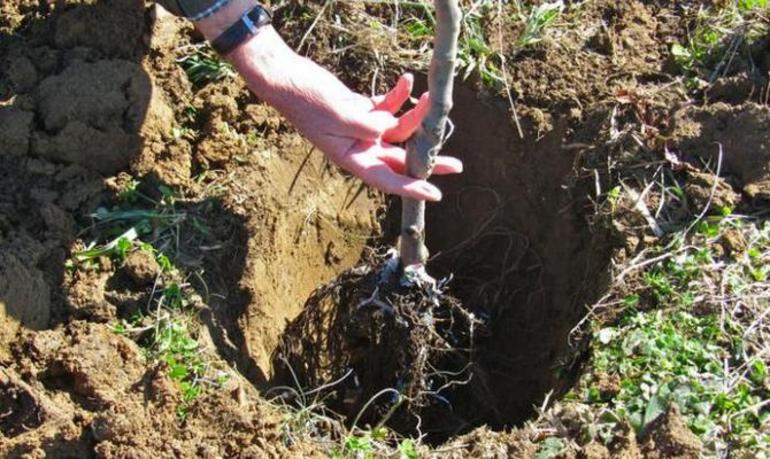 You may be interested in:
You may be interested in:As a means of prevention, timely whitewashing of the plant will help.The usual lime.
Rotting - no means will save the tree. But, rot does not appear if you add lime to the soil, monitor moisture, treat the crown and trunk with fungicides.
Pests
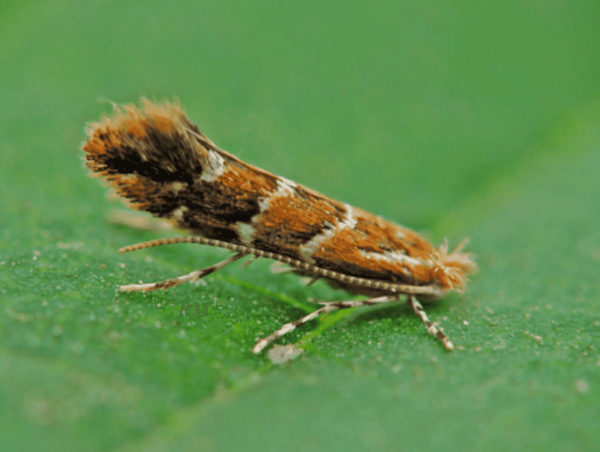
There are many different pests. Chafer beetle eats root and leaves. Aphids, scale insects, worms devour flowers and fruits. Leaf beetle, bark beetle is clear from the name.
The most dangerous of them is the mining moth, or rather its larvae. She is in the trunk. The first sign of defeat by it is premature falling of leaves.
In general, all prevention comes down to the following points:
- periodic inspection of shoots, leaves, bark in order to notice changes in time;
- painstaking care of a young plant and proper soil fertilization;
- disinfection, trimming of diseased parts;
- gardening treatment of unhealthy areas;
- treatment with regularly necessary solutions (for fungal diseases - fungicides);
- pay attention to the grass and fallen leaves around the tree in order to destroy all pests there in time.
To plant a chestnut made of walnut at home is a doable task. The main thing is to choose the right fruit seeds and follow the stages of walnut germination. It is important to carry out the treatment of pests from the tree and maintain appropriate care.

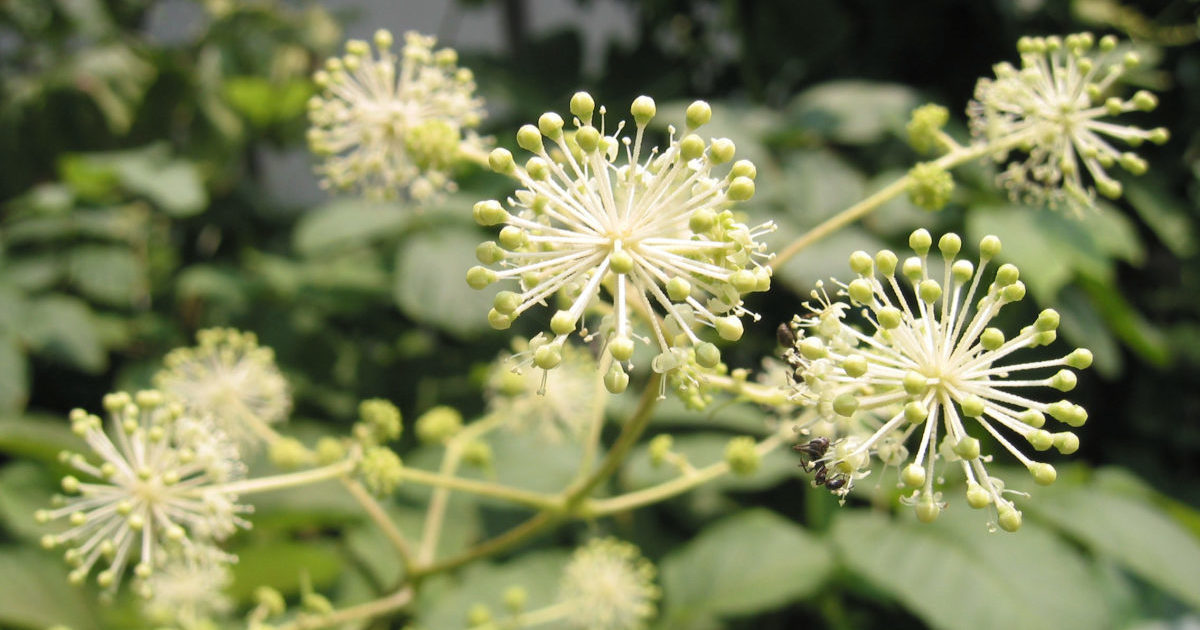 Aralia Manchurian - medicinal properties and contraindications, the use of tinctures in bodybuilding
Aralia Manchurian - medicinal properties and contraindications, the use of tinctures in bodybuilding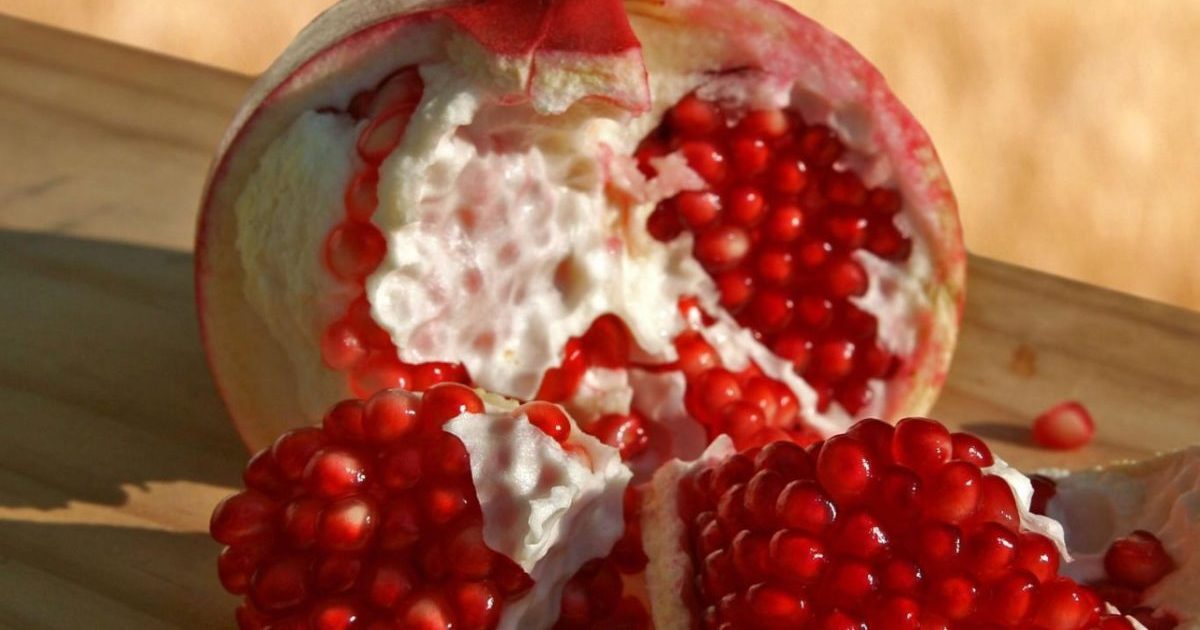 Seedless pomegranate - cutaway appearance, benefits and harms
Seedless pomegranate - cutaway appearance, benefits and harms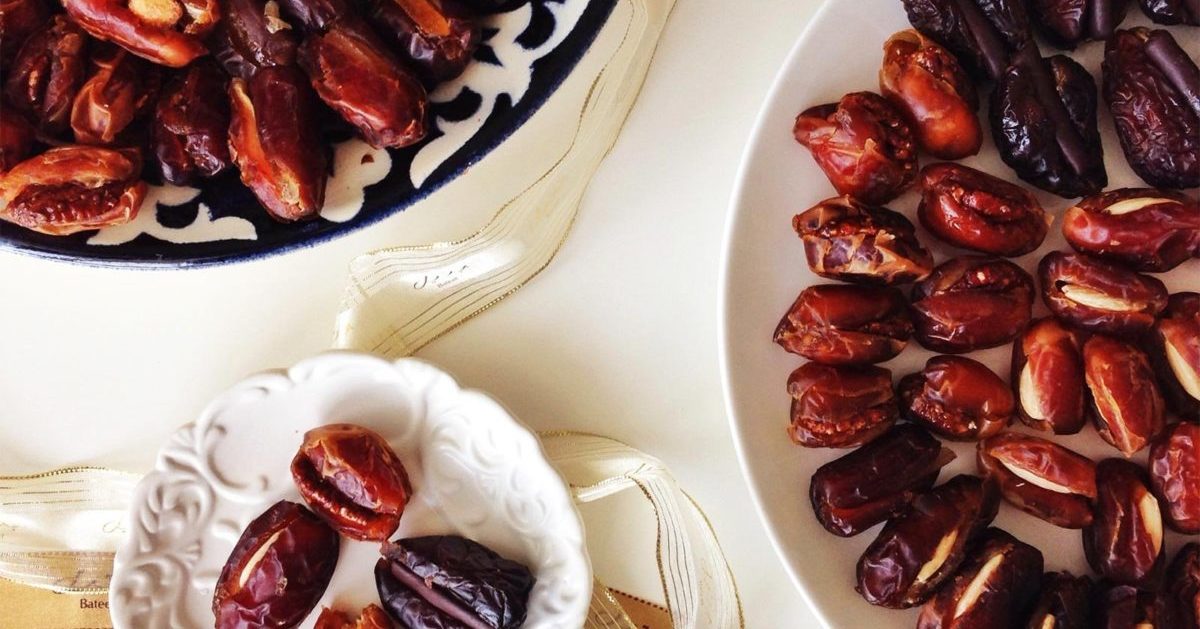 Dates - the benefits and harm to the body, how much you need to eat, properties and calorie content
Dates - the benefits and harm to the body, how much you need to eat, properties and calorie content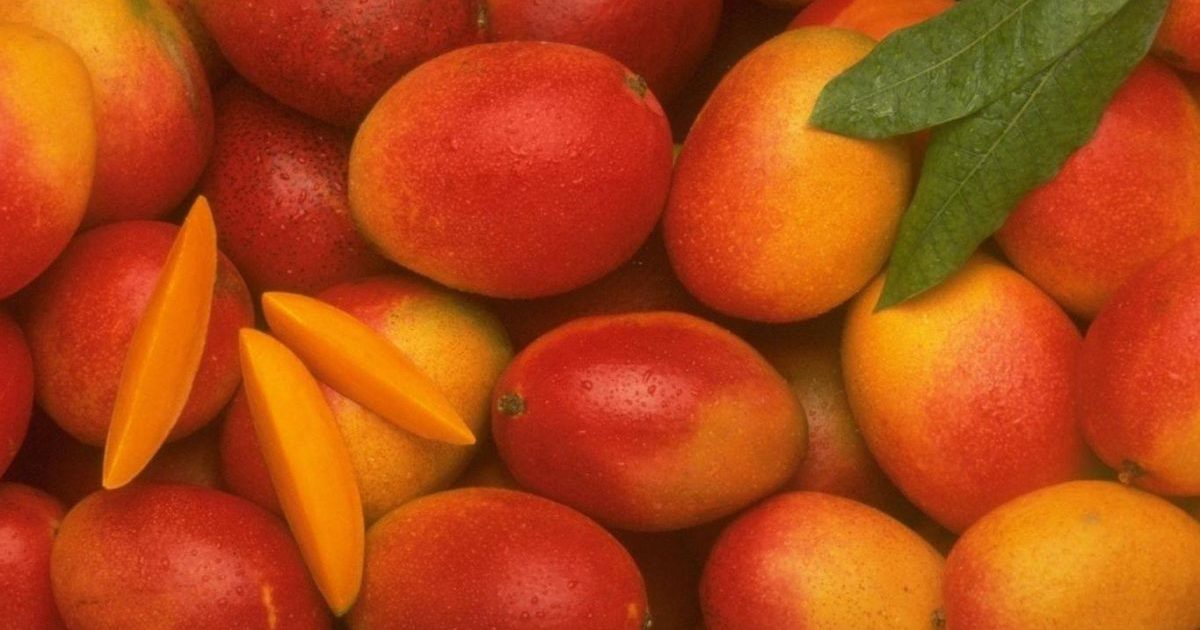 The benefits and harms of mango for the body of women and men - how to eat it?
The benefits and harms of mango for the body of women and men - how to eat it?